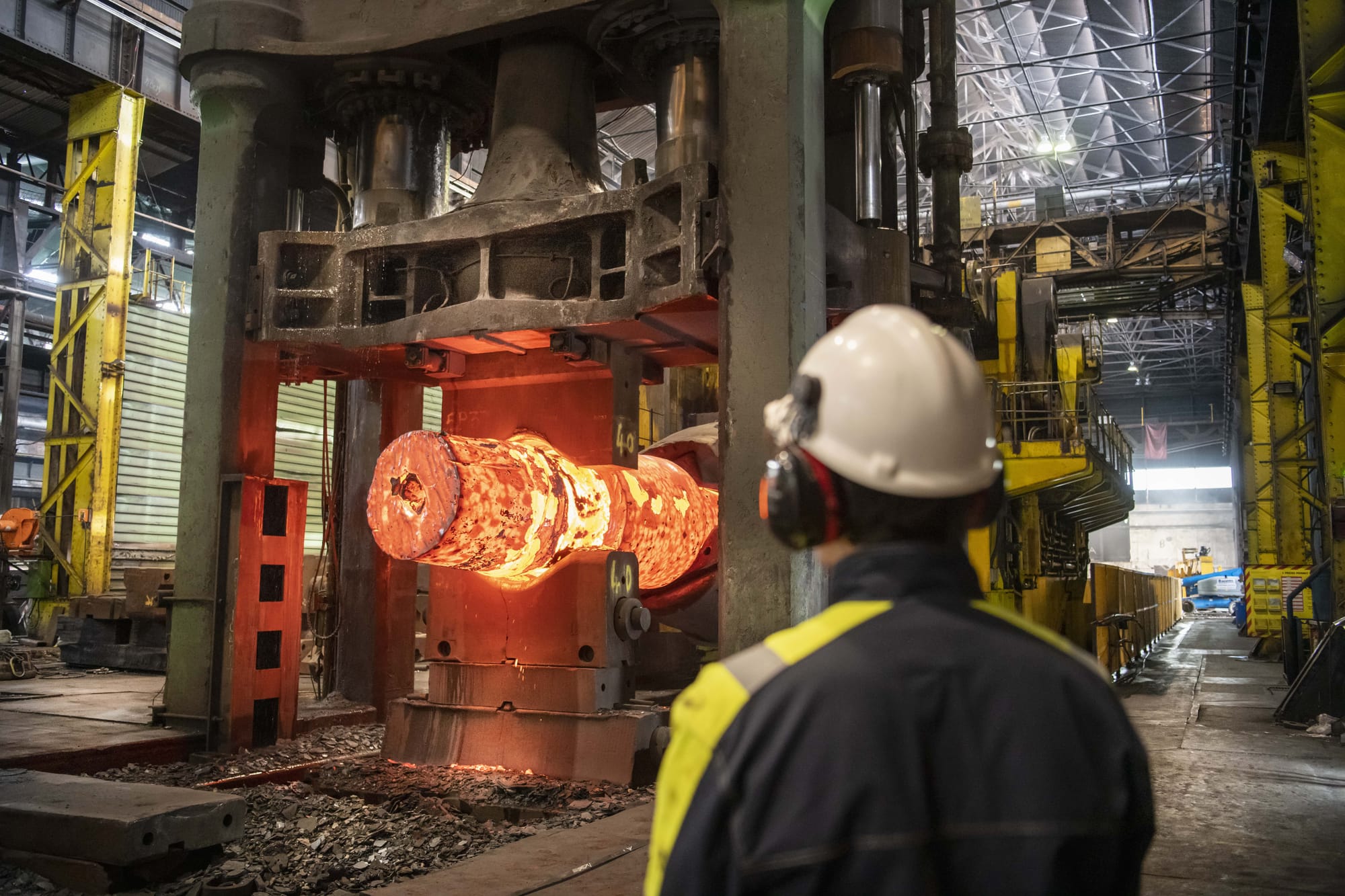UK Steel Key Statistics Guide 2024 showcases the sector’s significant economic contribution but highlights key challenges

31 May 2024
UK Steel’s annual Key Statistics publication takes stock of the state of the UK and global steel industry in numbers.
The UK steel sector directly employs 33,700 people and a further 42,000 in the wider supply chain, paying wages on average 26% higher than the national median and 35% higher than the regional median in Wales, Yorkshire and Humberside, where the majority of steel jobs are located. In 2023, the UK steel industry directly contributed £1.8 billion to the UK economy and an added £2.4 billion through supply chains, as well as £3.4 billion to the UK’s balance of trade. However, last year was a challenging year for the sector.
This latest report shows that in 2023, UK steel production and demand plummeted to new historic lows of 5.6 and 7.6 million tonnes (Mt) respectively, well below the levels seen even at the peak of the pandemic in 2020. UK production in 2022 had already marked the lowest level since the Great Depression, but in 2023 it dropped by a further 6%, while demand fell by 14% on year.
All this while the import penetration in the UK market has continued to increase. In 2023, net imports stood at 4.6Mt claiming a 60% import share up from 55% the year prior. While overall imports fell in absolute terms by 5%, volumes increased from Asian origins, notably India and Vietnam, as well as France, all of which benefit from much lower electricity costs. Weak demand in China is also having knock-on effects on wider trade flows from Asia.
UK steel producer deliveries to the domestic market dropped by 28%, while exports dropped by 4%. Key export destinations for UK semi-finished and finished steel were the Netherlands, Ireland, Spain, Turkey, Belgium and the US.
In this challenging market environment, UK producers continued to face high costs, both energy and raw materials, and high market volatility. While input costs have normalised compared to 2021 and 2022, they remain well above pre-pandemic levels and indeed iron ore and coking coal prices trended upwards, particularly in the second half of 2023. UK producers also continue to experience higher electricity prices than their competitors in France and Germany.
In a global steel market where government interventions abound, a level playing field remains at the crux of UK steel producers’ ability to compete, invest, decarbonise and innovate for a vibrant future.
Contact details
Chrysa Glystra, Trade & Economics Policy Manager, UK Steel
07771 388692 | cglystra@makeuk.org
About UK Steel: UK Steel is the trade association for the UK steel industry. It represents all the country’s steelmakers and most downstream steel processors.
The UK steel sector:
For further information about the steel industry, please see the press pack, Why the UK Needs a Strong Steel Sector or the 2024 UK Steel Key Statistics report.